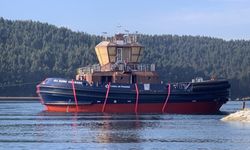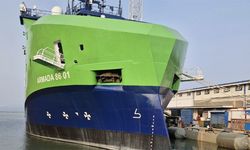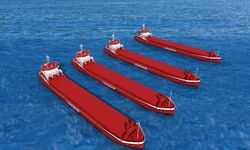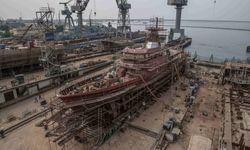This testing took place at the Kelvin Hydrodynamics Laboratory at the University of Strathclyde in Scotland.
HydroWing was recently awarded the largest tidal energy project in the UK during Allocation Round 6 of the UK government’s Contracts for Difference scheme. The company is now preparing to deploy a 20MW tidal energy project at Morlais in Wales, with plans for additional global projects.
Richard Parkinson, CEO of Inyanga Marine Energy Group, stated that the test results are a significant step toward delivering cost-effective and reliable tidal energy systems. The new turbine and blade design developed by their engineering team is expected to double annual energy production, enhancing the appeal of the Morlais project to investors.
The testing confirmed that HydroWing's blade rotor can automatically adjust its pitch using a self-regulating system, an advancement that marks two years of research and development by the company. According to Parkinson, the passive pitch system allows the rotors to safely and efficiently operate over a larger area, even in challenging ocean conditions.
This development could lead to more widespread use of tidal energy and improve the reliability and efficiency of marine energy technologies.
In addition to boosting energy yield, the passive pitch system provides protection against harsh conditions such as wave impacts, grid disruptions, and storm surges. It also offers advantages over active pitch systems in terms of reliability, cost, and load management.
The project has received support from the IDCORE Programme, with two engineers contributing to its development as part of their EngD thesis. George Dadd, Lead Turbine Engineer at HydroWing, noted that the passive pitch technology has performed as expected in the tests, and the next step will involve validating the concept with a full-scale test rig.






